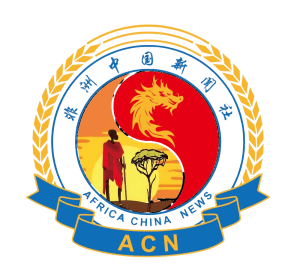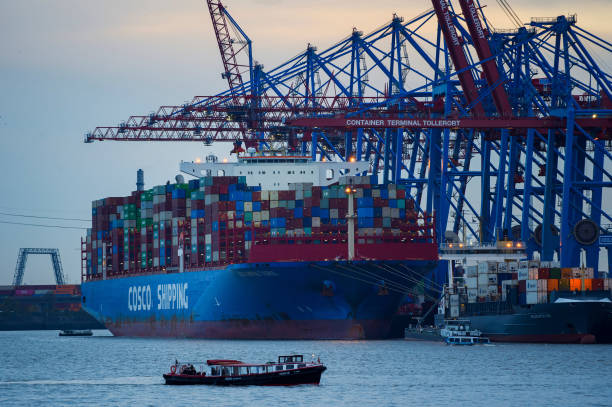Subscription required
Today, China’s presence in Africa is a cornerstone of global economic discourse. From gleaming railway systems to sprawling trade hubs, it’s hard to miss the Asian giant’s influence on the continent. But to truly understand the depth of this partnership, we need to rewind the clock to the 1980s and 1990s—when Chinese investments in Africa were nascent, unpolished, and brimming with possibility.
This was a time when the world’s economic landscape looked very different. China itself was just emerging from the shadows of Mao-era economic isolation, under Deng Xiaoping’s ambitious gaige kaifang (reform and opening-up) policies. Africa, on the other hand, was grappling with post-independence challenges, including political instability, economic stagnation, and mounting debt crises exacerbated by structural adjustment programs imposed by Western institutions. Into this turbulent mix came China, offering not just trade, but an entirely different approach to international cooperation.
The Early Ventures: Small Steps, Big Dreams
China’s foray into Africa in the 1980s and 1990s wasn’t marked by flashy billion-dollar deals or megaprojects. Instead, it began with modest investments, technical assistance, and symbolic gestures of solidarity. The Tanzam Railway (also known as the TAZARA Railway), completed in the 1970s with Chinese funding and expertise, was a harbinger of things to come. By the 1980s, Chinese companies were establishing small-scale infrastructure projects, agricultural programs, and trade partnerships across Africa.
One notable initiative was in agriculture. Chinese experts were dispatched to countries like Zambia and Guinea to share farming techniques, improve irrigation systems, and boost food production. These projects, while not transformative on a macroeconomic scale, planted the seeds of a deeper partnership.
Meanwhile, Chinese state-owned enterprises (SOEs) began venturing into sectors like construction and textiles. In Ghana, for instance, Chinese firms refurbished roads and bridges, often working under challenging conditions. In Sudan, early oil exploration efforts laid the groundwork for what would become a significant Sino-African energy relationship.
Challenges on the Road Less Traveled
These early investments weren’t without hurdles. Cultural differences often led to misunderstandings. African workers and their Chinese counterparts sometimes clashed over work ethics and management styles. Language barriers further complicated collaboration, while local communities occasionally viewed Chinese companies with suspicion, fearing exploitation or unequal partnerships.
China also had to navigate the complex political landscapes of African nations. In the 1990s, civil wars in countries like Angola and the Democratic Republic of Congo posed significant risks to investments. Moreover, the lack of robust legal frameworks in many African nations made it difficult for Chinese firms to protect their interests.
Domestically, China faced criticism for allocating resources to overseas ventures when large swathes of its own population were still living in poverty. The decision to invest in Africa during this period was seen by some as overly ambitious, even reckless.
The Foundation of a Long-Term Vision
Despite these challenges, the 1980s and 1990s were crucial in shaping the principles that continue to define China-Africa relations. Unlike many Western investors, China emphasized mutual benefit, often framed through the lens of “South-South cooperation.” This approach resonated deeply with African leaders, who were keen to break free from the often-conditional aid models of the Global North.
Projects from this era—though small by today’s standards—demonstrated China’s willingness to invest in long-term relationships rather than quick profits. The symbolic weight of China’s actions during this time cannot be overstated. By engaging with Africa when much of the world was skeptical about the continent’s prospects, China gained a significant diplomatic and economic foothold.
Lessons from the Past, Reflections for the Future
Looking back, the early stages of Chinese investment in Africa were as much about building trust as they were about economic gain. These modest beginnings laid the foundation for the explosion of trade and investment that would follow in the 21st century. Today, China is Africa’s largest trading partner, with investments spanning infrastructure, energy, technology, and more.
Yet, those early years hold lessons for both sides. For African nations, they underscore the importance of setting clear terms and ensuring that foreign investments align with local development goals. For China, they highlight the value of cultural sensitivity and the need for inclusive, community-driven approaches to development.
As we analyze the past, it becomes clear that the relationship between China and Africa is not just a transactional one—it’s a complex, evolving partnership rooted in history. The 1980s and 1990s were just the beginning, but they remind us that great journeys often start with small, determined steps.





